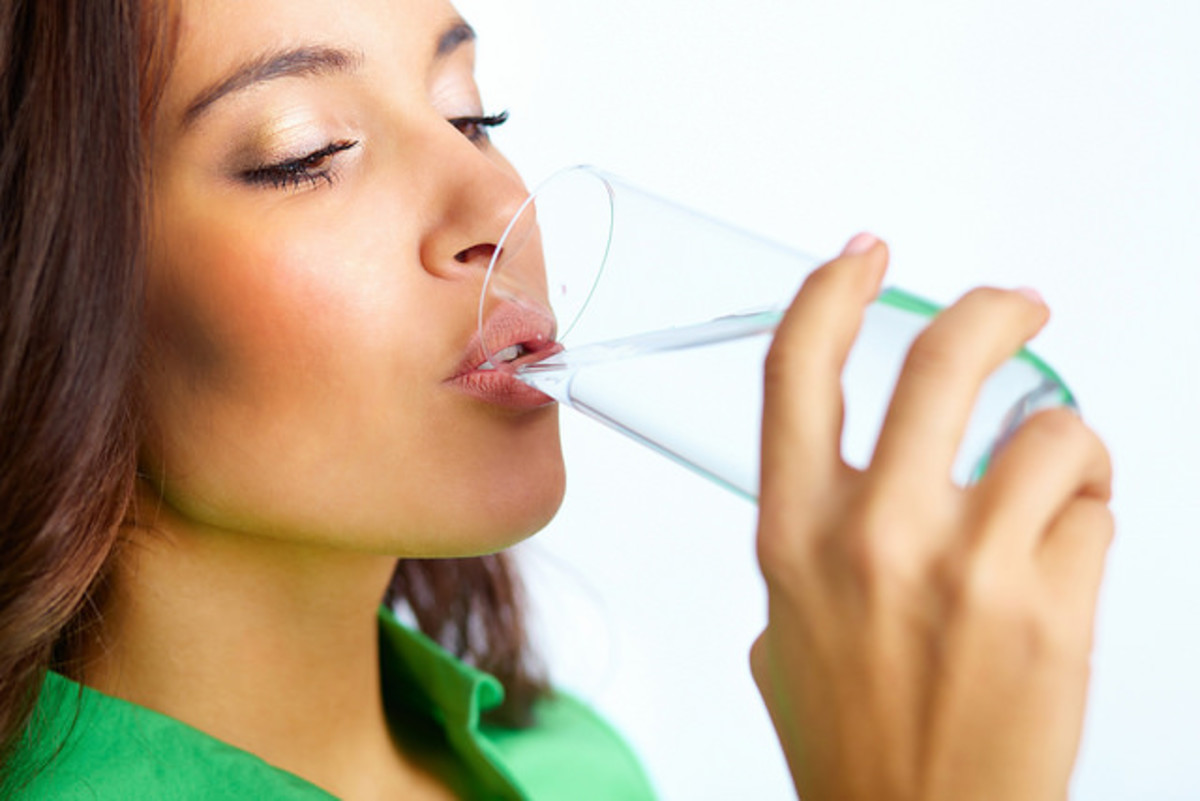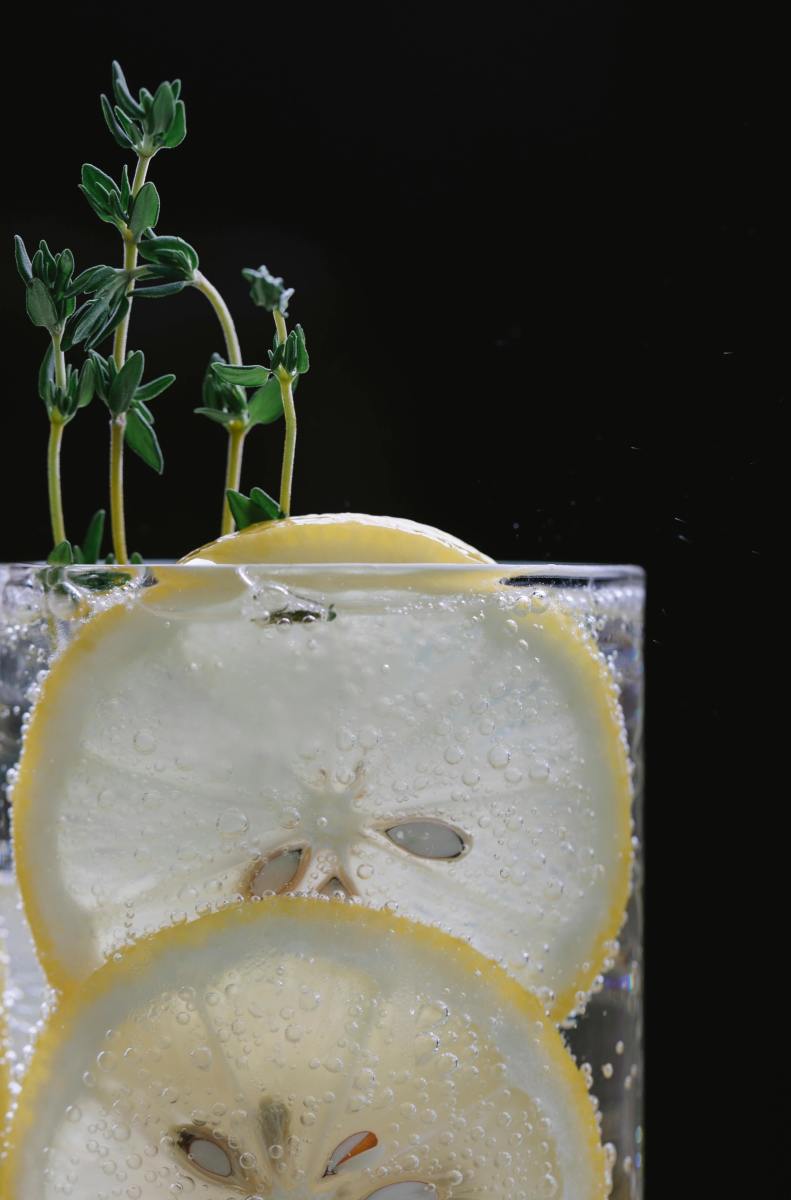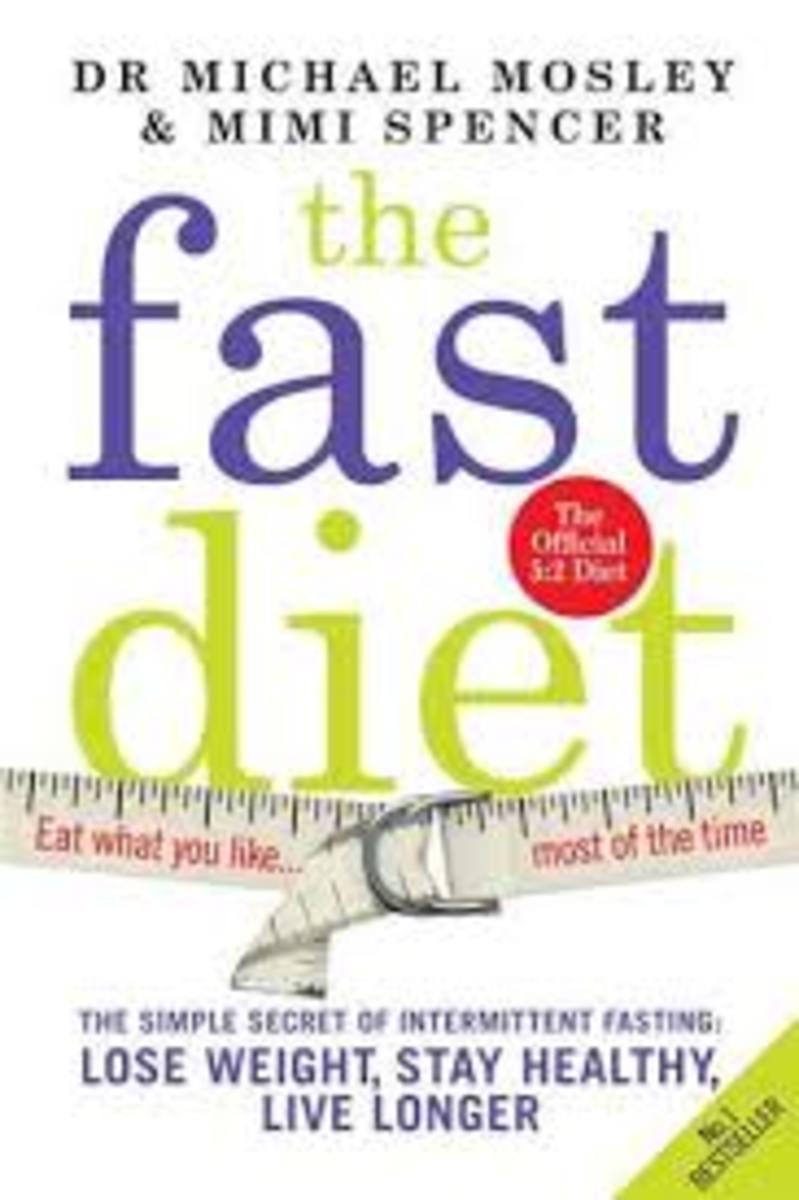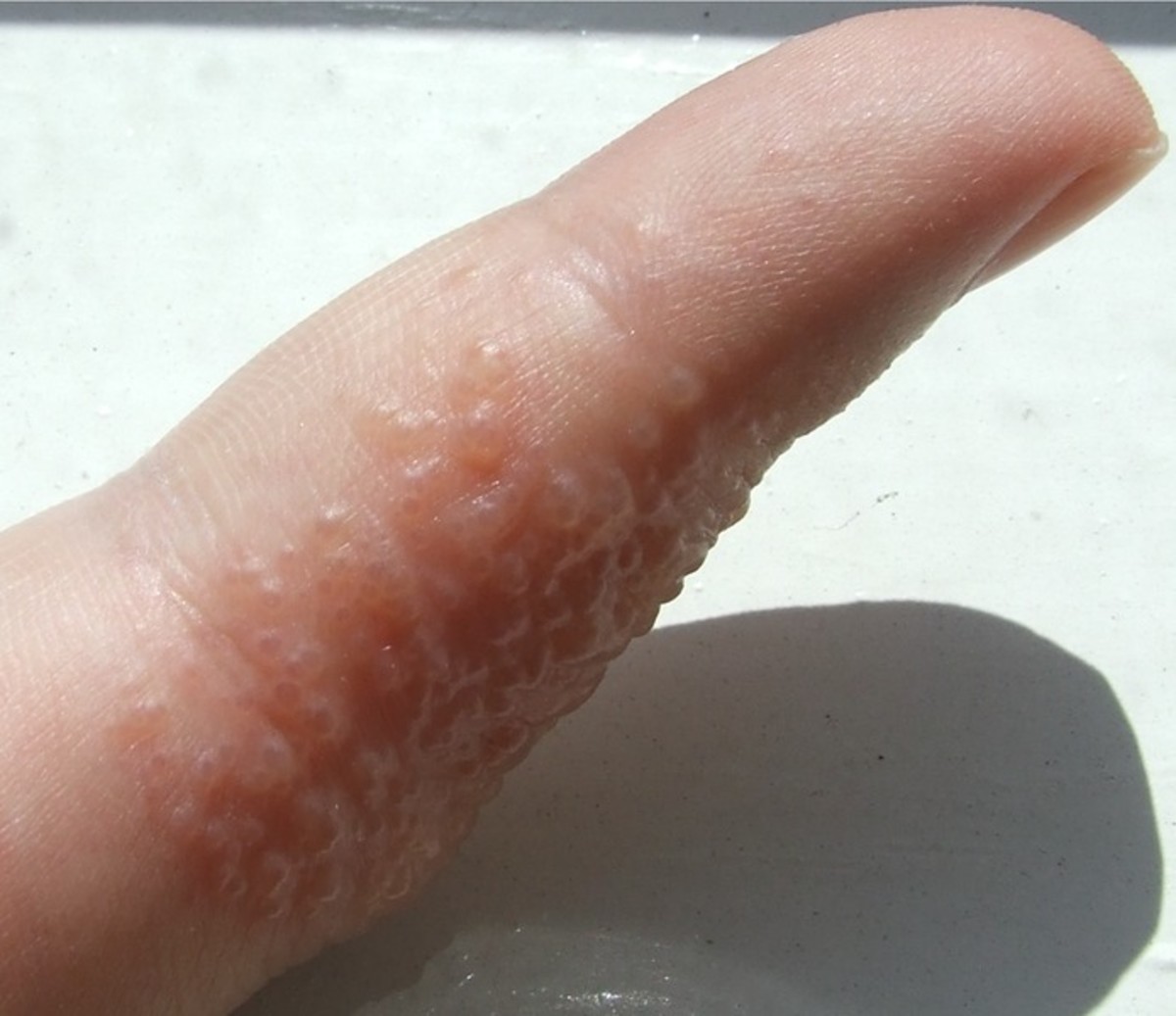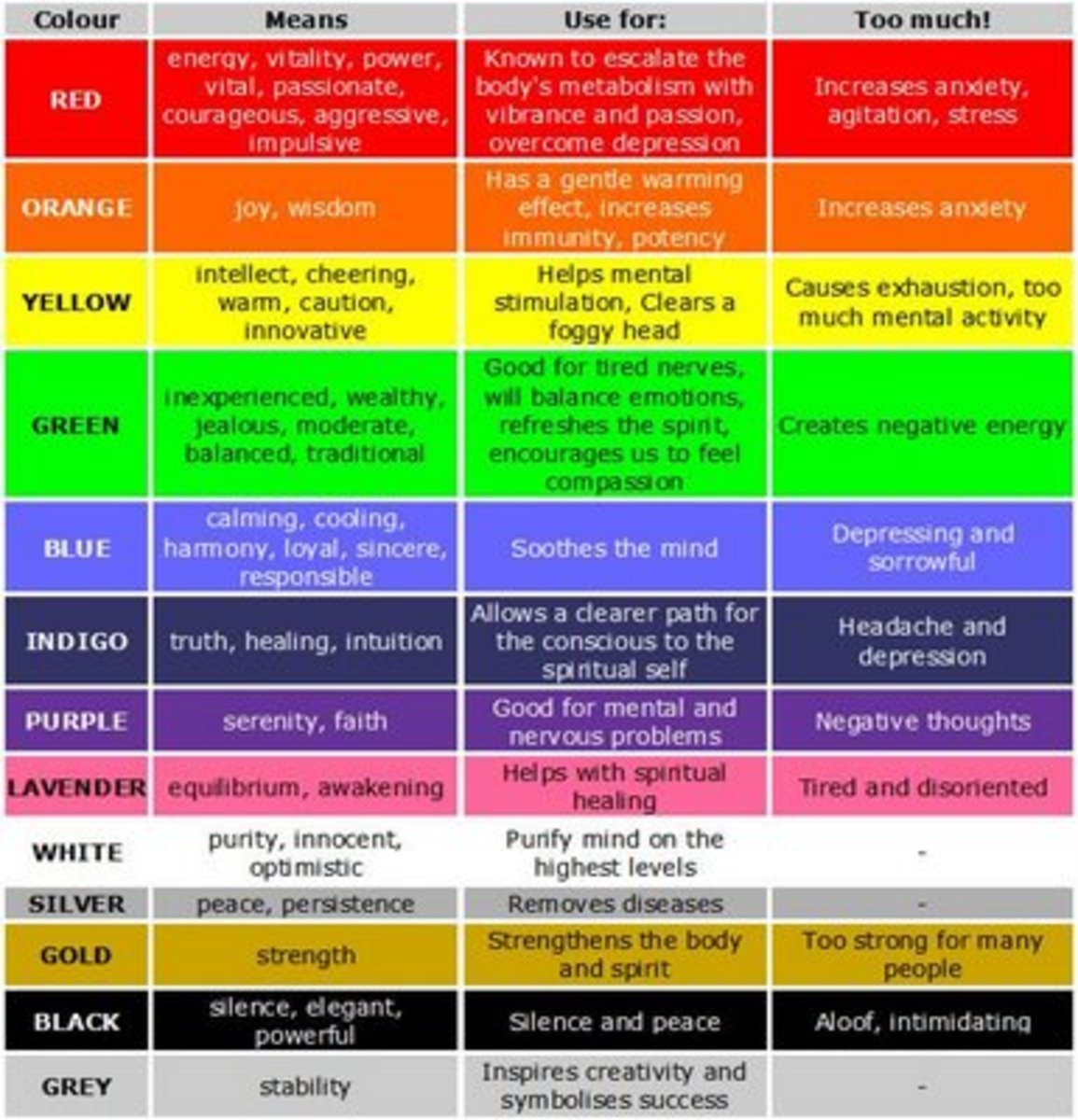Fasting for Health
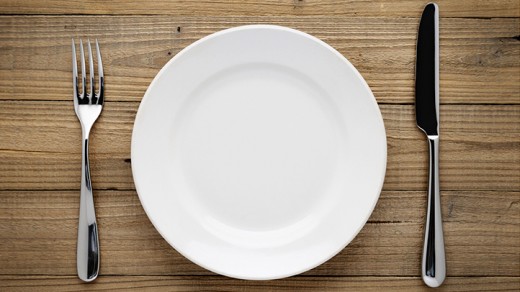
Humans are well adapted to fasting from time to time. Modern research shows that it has benefits for weight loss, metabolic health, disease prevention and may even help you live longer.
With a lot of health benefits attached to it, fasting has been gaining popularity in recent years. Yet it is an ancient method used for healing by many cultures and religions throughout the world.
For many, fasting is part of their spiritual and religions practices, but today many people also fast for health and other non-religious reasons, including to prepare for medical testing, to try to prevent aging, to detox, to boost immunity, to overcome addictions, and the most popular reason, to lose weight.
The current level of degenerative disease is constantly on the rise – diabetes, heart conditions, fatty liver, hypertension, inflammation and, of course, the rise and rise of obesity. And despise the fact that many of us are fully aware that how we eat affect our health and well being, it seems that in our society we demand instant gratification, leading many to indulge and over consume.
Everywhere we look we are bombarded with food, but we are also targeted by nutrition advice coming from all directions, most of which is conflicting, confusing, and contradicting.
What should we eat? Or does the problem lies in when and how often we eat?
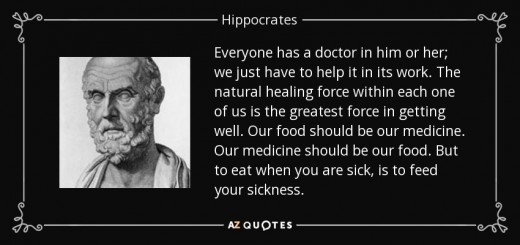
Before exploring the different types of fast, consider carefully the following points:
- Consult your Doctor Before Fasting: especially if you have a health condition or taking medication, you need to speak with your healthcare provider and ask for advice and guidance about how to fast without harming your health.
- Breaking your Fast: it is very important to know how to break your fast, especially if you are considering an extended fast. Plan how you will reintroduce your meals into your routine. Do not indulge when breaking your fast. Simple is best.
- Be prepared: once your body starts to detox, you may experience detoxifying symptoms or a 'Healing Crisis'. From skin rashes to heart palpitations, and even experiencing old injures, the detox symptoms can be mild or extreme and last for a few days. If your symptoms persists, seek medical advice.
Intermittent Fasting
Thanks to celebrities likes Hugh Jackman, Jimmy Kimmel, Jennifer Lopez, and Beyonce, Intermittent Fasting (IF) is popular with those who want to fast for weight loss and weight management.
Dr. David Jockers, a natural health doctor and nutritionists, recommends this method of fasting for not only for losing weight, but also for anti-aging and longevity.
"Our ancient ancestors grew up in a world of stress and scarcity. Food was not often not available and intermittent fasting was common. This form of life left a genetic blueprint with key information pertaining to our health and wellbeing."
Humans have actually been fasting throughout evolution, usually it was done because food was not available, creating a 'eating pattern' and our bodies evolved to be able to function without food for extended periods of time.
All sorts of processes in the body change when we don’t eat for a while, in order to allow our bodies to thrive during a period of famine. It has to do with hormones, genes and important cellular repair processes.
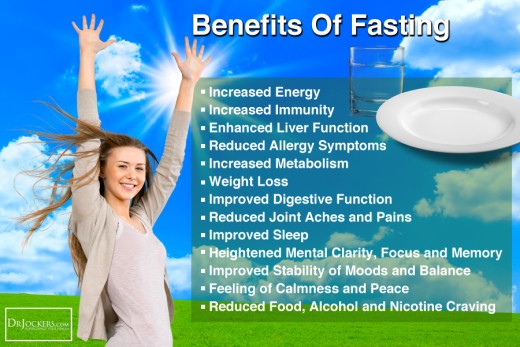
How to Intermittent Fasting?
Simple Fast: Basic fast with water only for 12 hours between dinner and breakfast which gives the liver a chance to complete its cycle.
Example: Finish dinner at 7pm and don’t eat again until 7am
Cycle Fast: Three times each week you fast for 16 hours by skipping either breakfast or dinner.
Example: Finish dinner at 7pm and eat again around 11am-12pm at lunch the next day. Do this on Monday, Wednesday and Friday each week.
Strong Fast: Consume all food in a 6-8 hour eating window each day. You would eat 2 meals per day and fast through either breakfast or dinner.
Example: This would mean fasting in the morning and eating between 12-7pm each day or 8am-3pm each day or whatever 6-8 hour period you like best.
Warrior Fast: Ancient warrior would often march all day and would feast at night. Consume all food in a 3-5 hour eating window each day. This may be from 2-6pm or 3-7pm, etc.
1 Day Food Fast: 24 hours each week with only consuming water, greens powders and herbal tea. Some may have bone broth during this fast.
Intermittent fasting has been very popular for many years and several different methods have been used.This fast does not say anything about which foods you should eat, but rather when you should eat them.
All of them involve splitting the day or week into “eating periods” and “fasting periods.” During the fasting periods, you eat either very little or nothing at all.
- Alternate Day Fasting: Alternates between eating days, where food is consumed as usual, and fasting days, where no calorie-containing foods or beverages are consumed.
- Modified Fasting: Limits caloric intake to 25 percent of daily requirements (~500 calories/day) for two nonconsecutive days a week, and eating the remaining five days of the week.
- Time Restricted Fasting: No limits on daily calorie intake, but rather time limitations are placed on meals. Typically eating occurs during an 8-hour window, and fasting occurs during the surrounding 16 hours of the day.
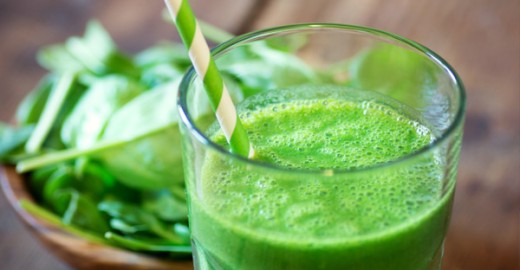
Juice Fast
In the absence of solid foods but with the flood of nutrients from fresh juices, the body cells begin to release the toxins that they were holding on to and replace them with nutrients from fresh juices. This is a time of cleansing where repairs, healing and nourishment take place.
Also know as Juice Cleansing or a Juice Feast, despise the juicy name, you will typically consume other liquids, specifically water, herbal teas, fresh fruit and vegetable juices and strained vegetable broth for a certain period of time.
Completely avoid any liquids which will tax the body such as coffee, caffeinated teas, milk, soda, pasteurized juice, protein powder mixes, diet drinks and so on.
The advice about what to juice and how much to drink varies from source to source. Some programs recommend drinking juice only instead of drinking fruit smoothies, while other sources will recommend having grape juice only as a fast. Normally you would replace 3 meals per day with some kind of juice and have herbal teas and water in between juice meals.
It is not recommend to buy canned juices as those are loaded with harmful sugar, additives and preservatives. Ideally any juice you choose to have should be made fresh from raw ingredients, so good juicer can be a costly investment for those considering this fast.
Inspiration for making juices is easy with thousands of recipes available on YouTube.
How long to juice? From a few days to a few months. But always better to easy yourself into this fast. Start by replacing one meal a day with a fresh juice one a week. Then increase your juice intake replacing one meal a day everyday.
Should you choose to follow a detox program, start with a 3 day juice fast and increase the period accordingly.
Drink your juice slowly and enjoy the taste, don’t gulp it down.
Drink only as much as your body can take at any one time, comfortably.
Listen to your body, it will tell you when it wants more, or if it’s got enough.
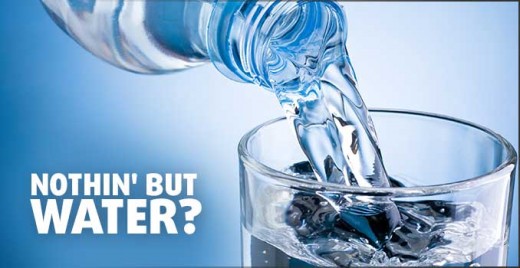
Water Fast
In short, nothing but water!!
A water fast is a very powerful way to initiate healing and to bring rapid and dramatic improvement to many common and life-threatening diseases.Yet proceed with caution.
Before staring a water fast, one would need to properly prepare days or weeks before starting this fast. Prior to a water fast, eliminate any and all processed foods, sugar, white flour, and wean yourself off any caffeine products and alcohol. Increase your intake of raw food in the days prior to the fast. This will begin the process of your body flushing out, making the transition to water even easier.
The same process applies for breaking your water fast. Its recommend to incorporate food in slow and easy increments. Start with water down juices followed up with raw fruits for easy digestion. Eat small portions and slowly.
For those considering more than 3 days water fast, it is recommend to have medical supervision throughout your fasting period.
It is important to allow plenty of opportunity for rest, both physical and emotional.
- Soft dry fast includes showering and brushing teeth.
- Absolute dry fast is done without contact to any water.
Dry Fast
No food, no water!
Eat nothing, drink nothing!
The premise to the healing power of dry fasting is that, since the body is not receiving food or hydration, the work of the digestive system is dramatically reduced.
Therefore, it is believed, the immune system can operative with greater efficiency because of the lessened workload.
If you decide to undertake a dry fast, preparation is the key. Any attempt on a dry fast should only be done after a prolonged detoxification period, and by gaining experience from other types of fasting first.
Starting with fruit, juice and especially water fasting will help determine how mentally and physically prepared you are. If the body is too toxic, sudden death can occur because of massive amount of toxins released.
Water fasting is the best gateway towards dry fasting.
Humans and animals have a natural instinct to fast when sick. In the wild, any animal that is sick will first of all lay down to rest. Second of all it will stop eating. By doing so it is letting the body use all its energy on the healing.
It is believed that during a dry fast, the body will turn each cell into an incinerator, burning the toxins inside the cells.
How to Dry Fast?
- You can start by simply adding more dry hours to your life. From your last drink at night until the first drink the next day, make sure there are 12 hours. Then, when you are comfortable, add on hours until you can do 16 hours dry every day.
- Make sure that before a dry fast you have been on raw fruits and vegetables only for at least a week.
- On the day before the dry fast, drink fresh juices only.
- Work yourself up from the 16 hours to 24 hours. Try to go longer the next time. Always minding your own body and its signals. Always play safe.
- A 3 day dry fast is considered safe for most people that has prepared and educated themselves. Some will master much longer, but only after a long time of practice.
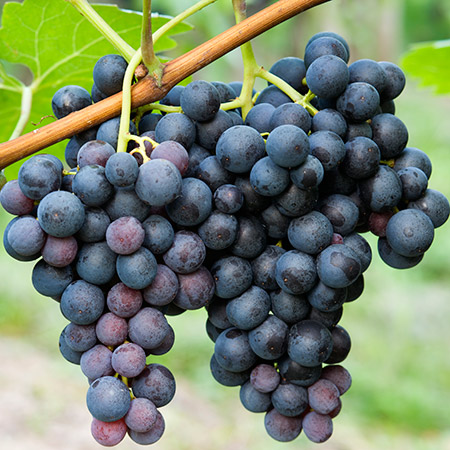
Grape Fast
The grape detox is an eating plan typically used by those who wish to lose weight, become healthier and sometimes as an attempt to eliminate serious illness such as cancer and lung disease.
Dr. Robert Morse has many amazing and in depth YouTube videos explaining the importance of detox and moving your lymphatic system. His protocols combines detox with botanical herbs to assist the body during the detoxification process. His videos are a great resource for anyone seeking to detox and heal.
In many of his protocols, Dr Morse recommends a 40 day Grape Fast together with taking herbs. Many of the protocols are targeting the filtration of the kidneys and cleaning the GI track. For a further understanding of your issues, Dr Morse also has many videos explaining how to read your eyes with iridology and get a true picture of your situation.
The Grape Cure by Johanna Brandt is also a very good resource for those starting on this healing path.
“The grape is exceptionally rich in iron and is the finest natural tonic in the world. It also has a vital relation to the protein base of the protoplasm of the cell and is on that account considered a quick repairer of tissue waste. As a flesh and muscle- forming element it has no rival."
A study by the University of Michigan Cardiovascular Center shows that grapes may be even more helpful in the prevention of heart disease than other fruits and vegetables that are known to lower blood pressure.
This may be due to the phytochemicals found in grapes, which are natural antioxidants.
Grape seeds contain procyanidolic oligomers or PCOs. These are flavonoids that are not only powerful antioxidants, but are also thought to aid in the strengthening of blood vessels and improve blood circulation. These PCOs are up to 20 times more potent than those of vitamin C and 50 times stronger than those found in vitamin E.
The Master Fast System
This fasting protocol has gained a lot of attention online thanks to people posting photos and videos of the nasty stuff that leaves your body as you detox.
Basically, the Master Fast is an extended fast that combines intermittent dry fasting (having a 6-8 hour window that you can drink juice in) with weekly and monthly extended dry fasts (24-48 hours of no food or water), drinking 1-3L of concord grape juice mixed with lemon juice daily within that window, taking a few tablespoons a day of a psyllium husk mixture with bentonite clay and activated charcoal (which they call psyllium pudding) to draw toxins from the intestine and keep the bowels moving, and some herbal tinctures taken with a kidney tea to filter the kidneys and support organs and glands through the detox.
Enemas and colonics are also part of the system and are recommended to assist removal of toxins on the cleanse.
Some people fast for 108 days on this system, with many incredible stories of transformation and healing on the physical, emotional, and mental levels.
Precautions
Fasting is an often misunderstood practice and can be very detrimental if not approached correctly.
Promises such as "lose 5 pounds in 5 days!" and "get glowing skin!" are often bandied around detox and fasting programs, leading you to jump too quickly into a fast without prior preparation, sufficient knowledge and managed expectations to ensure you have a safe, enjoyable and beneficial fasting experience.
Seek medical advice before starting a fast. Please be especially aware and do not fast without medical guidance if your current state of health falls under any of these categories:
- You’re pregnant or nursing.
- If you are diabetic or suffer from hypo/hyper-glycemia.
- You have any kind of eating disorders.
- You will be or have just undergone a surgery.
- You are on daily prescription medication.
- If you have a kidney or liver disease, you’re anemic, have low blood pressure, a terminal disease, epilepsy or any other chronic conditions.
When used intelligently and carefully, fasting can be a beautiful, nourishing tool to improve your health, clarity and sense of connection to self and your spiritual life. It can allow you to go deeper into cleansing your body, breaking down acidic waste matter and rejuvenating your body at a cellular level, which is then reflected in the health and vitality of all of you.


